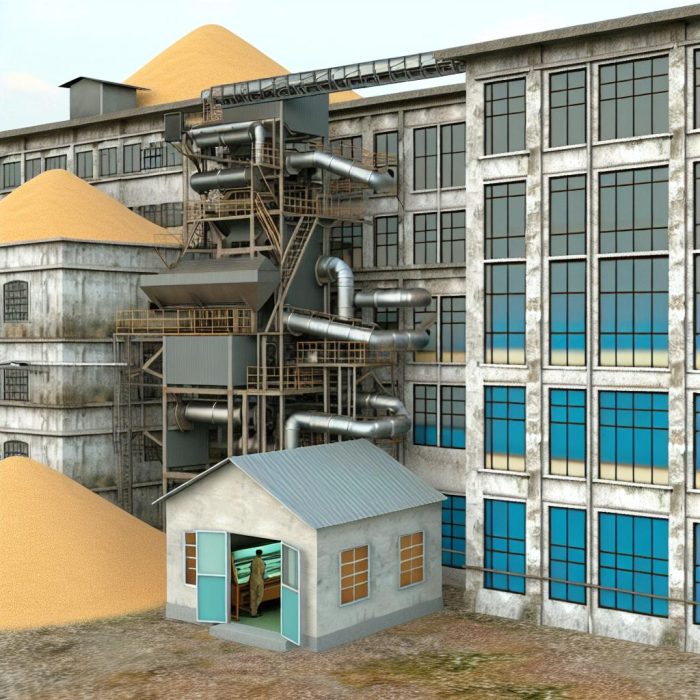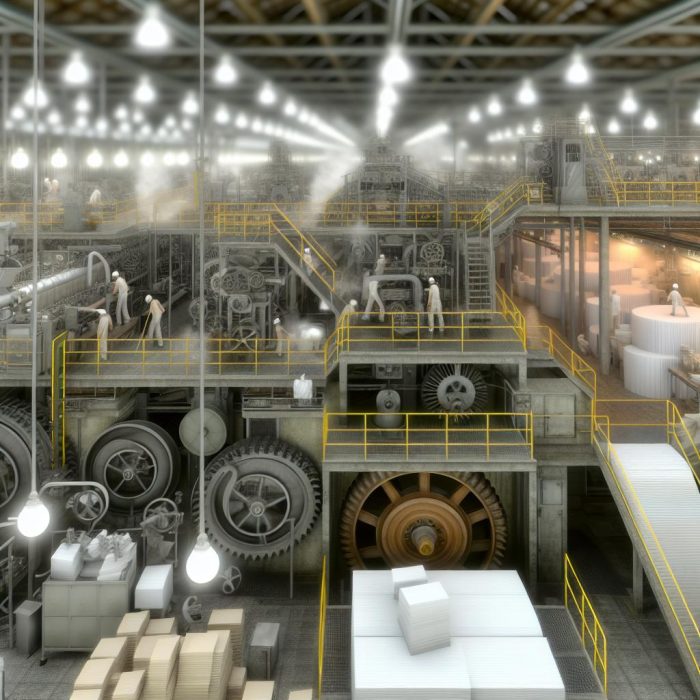The History of Watermills
Watermills have served as vital components in the advancement of human civilization by providing a dependable source of mechanical power for numerous industrial applications. The inception of watermills can be traced back to the ancient civilizations of Greece and Rome, where they were primarily utilized for grinding grain. These early watermills exploited the kinetic energy of flowing water to rotate a millstone, a technique that subsequently propagated throughout Europe and Asia.
The Mechanism of a Watermill
Central to every watermill is a straightforward yet efficient mechanism: the waterwheel. This wheel, which may be oriented either vertically or horizontally, transforms the energy of flowing water into mechanical power. The waterwheel is generally linked to a drive shaft and a sequence of gears that convey the motion to the mill’s internal machinery, like millstones or saws.
Vertical waterwheels, often referred to as overshot or undershot wheels, operate on the principle of water cascading over or streaming beneath the wheel. In contrast, horizontal wheels are driven by water impinging against the wheel’s blades, which was a common setup in regions with limited water flow.
Advantages of Watermills
Watermills conferred multiple advantages over manual labor and alternative mechanical power sources. They offered a more stable and productive approach to tasks such as milling grain, sawing wood, and various material processing activities, when compared to human or animal effort. Additionally, watermills alleviated the physical burden on workers by automating labor-intensive tasks, thereby augmenting productivity across different sectors.
The Spread and Decline of Watermills
During the Middle Ages, the proliferation of watermills was particularly notable throughout Europe. These structures were especially common in areas possessing ample water sources, like rivers and streams. Watermills played a pivotal role in enhancing agricultural output, textile production, and even metallurgical operations.
Nevertheless, the advent of the industrial revolution heralded new sources of energy, such as steam power and, ultimately, electricity. Consequently, many watermills were gradually forsaken or repurposed, as they struggled to compete with the superior efficiency and power output of these burgeoning technologies.
Watermills Today
In modern times, the scenic charm and historical value of watermills have established them as important cultural landmarks. Numerous watermills that have been preserved are now highly frequented tourist attractions, providing visitors with a snapshot of the past. Several of these have even been restored to full working condition, showcasing traditional milling techniques to those interested.
Those looking to explore further can find extensive resources on watermills through various historical societies or websites devoted to industrial heritage. For additional insights, one might consider sources such as the Farm Collector and other historical records that explore the sophisticated mechanics and history behind these captivating machines.



